In the initial 2013 release of my article “Why Good Students Do ‘Bad’ in College,” I explored the often misunderstood reasons behind college students’ underperformance. This post shifted the focus from the stereotype of lazy students to a more nuanced understanding of the challenges they face as they transition from high school graduates to college newcomers.
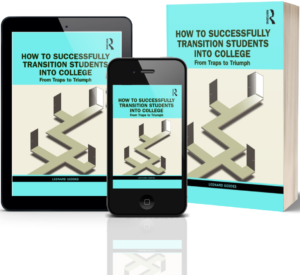 The newly released book How to Successfully Transition Students in College: From Traps to Triumph delves deeper into the inevitable traps that sideline student success. With the first semester concluding, many students have experienced a first-semester slump, where they are bringing home scores that may be an unpleasant surprise to them and their families.
The newly released book How to Successfully Transition Students in College: From Traps to Triumph delves deeper into the inevitable traps that sideline student success. With the first semester concluding, many students have experienced a first-semester slump, where they are bringing home scores that may be an unpleasant surprise to them and their families.
In this short article, I’m sharing some practical ways college educators can nudge their students to high academic success in the next term or semester.
I’ve developed a methodology that significantly enhances student learning and performance and directly improves overall student retention, persistence, and graduation rates, including among first-generation and students from under-resourced communities.
Upon considering this fact, college educators and administrators want to know why their students are not benefiting from their previous preparation.
This question matters because the proper answer will uncork institutional student success efforts, pushing up overall performance and establishing a complementary learning environment.
Here are three instantly impactful measures you can take to help students capitalize on their past work and overcome the first-semester slump.
- Create a Workspace for Students: In high school, students benefit from an environment I term “the workspace.” This is a dynamic segment of class time dedicated to essential learning regulation tasks, fostering meaningful contributions to their work.
In college, this workspace is often absent, leaving students feeling lost and disconnected. They sense a gap but can’t always pinpoint it.
Here’s how one new student described her experience:
Students don’t realize how much the workspace contributed to their learning and performance in high school until they experience college. This is when its absence is painfully noticeable to them.
To help students overcome this inevitable transition trap, we can bridge this divide by creating a college version of a “workspace.” This can be accomplished relatively simply by slightly adjusting the structure of our instruction, such as the 3X10 model that is introduced in the book. This subtle modification has improved the overall mean of test scores in STEM courses and promoted more meaningful discourse between faculty and students.
- Use Your Syllabus as a Tool: The syllabus should be more than a static document for educators and students. It can be a vital tool that helps students excel in academic work.
Authors O’Brien and Cohen, in “The Course Syllabus,” emphasize how a well-constructed syllabus can assist students in regulating their learning and provide clear academic direction.
Professors should view the syllabus as a dynamic part of the learning journey, integrating it into classroom discussions and continuously adapting it to reflect the course’s progression. Additionally, students should use it continually to regulate their learning. In this book, I share a metacognitive-based guiding and gauging tactic that helps students work effectively as independent learners.
By establishing the syllabus as a learning tool, you help students avoid transition traps and, instead, make learning more rewarding.
- Ensure Students are Using the Proper Academic Work Formula: Students often use flawed formulas to approach their academic work. “The Laborer’s Formula” conflates outputs with outcomes, while Cal Newport’s “Engagement Formula” overemphasizes effort at the expense of effectiveness. I propose The Learner’s Formula, which focuses on precise thinking and execution, particularly beneficial for cognitively complex college courses. Professors can introduce this formula in their teaching, guiding students toward more effective learning strategies and enhancing their academic performance.
By making these three moves, professors can play a pivotal role in helping students rebound from the first-semester academic slump. The transition from high school to college is a critical period, and with the right tools and approaches, we can turn this into an opportunity for growth and success. Let’s join together in this educational journey, transforming the way we teach and students learn, paving the way for a brighter academic future.
Let’s make 2024 the catalyst for academic excellence!
Let me know your experiences with the first-year slump and transition traps in the comments section below.
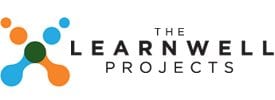

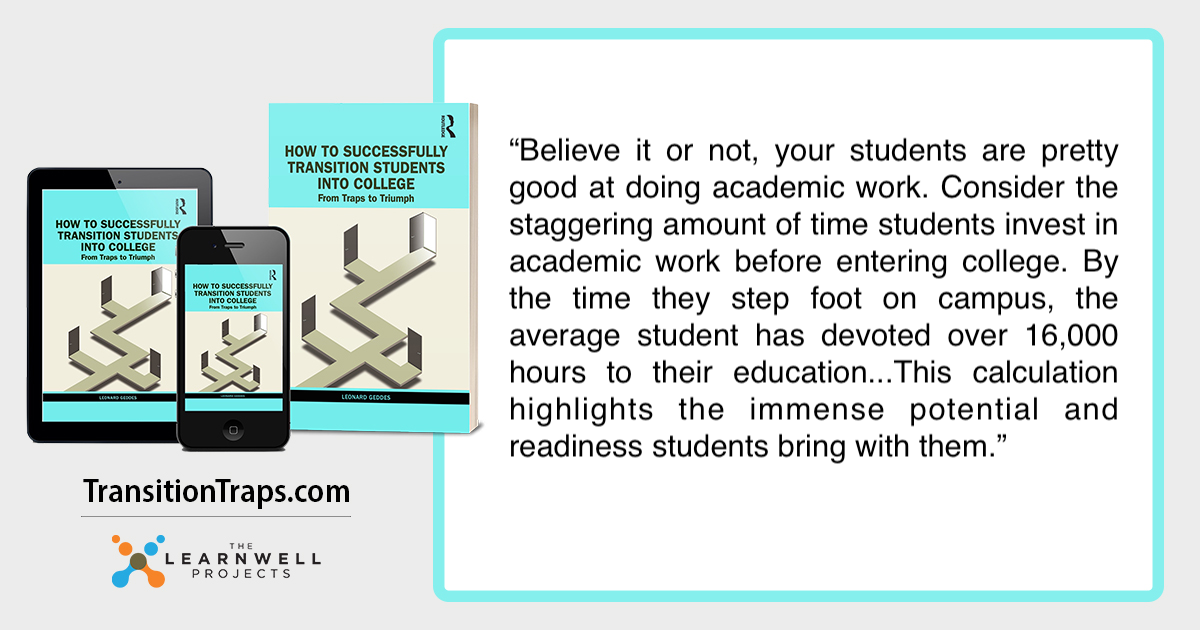

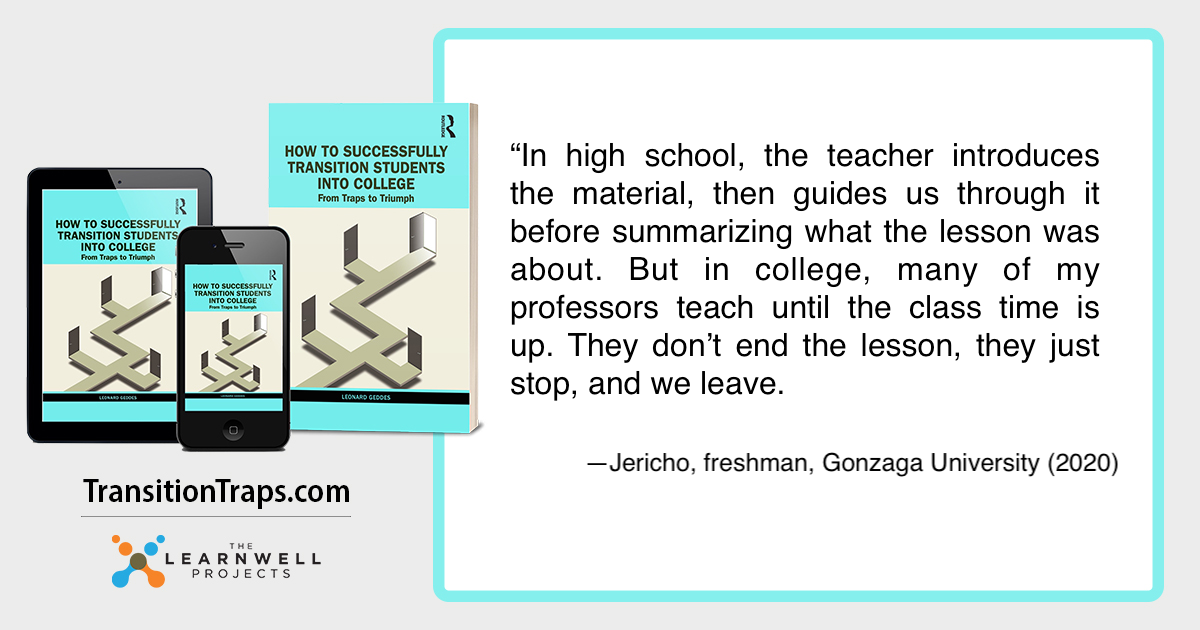
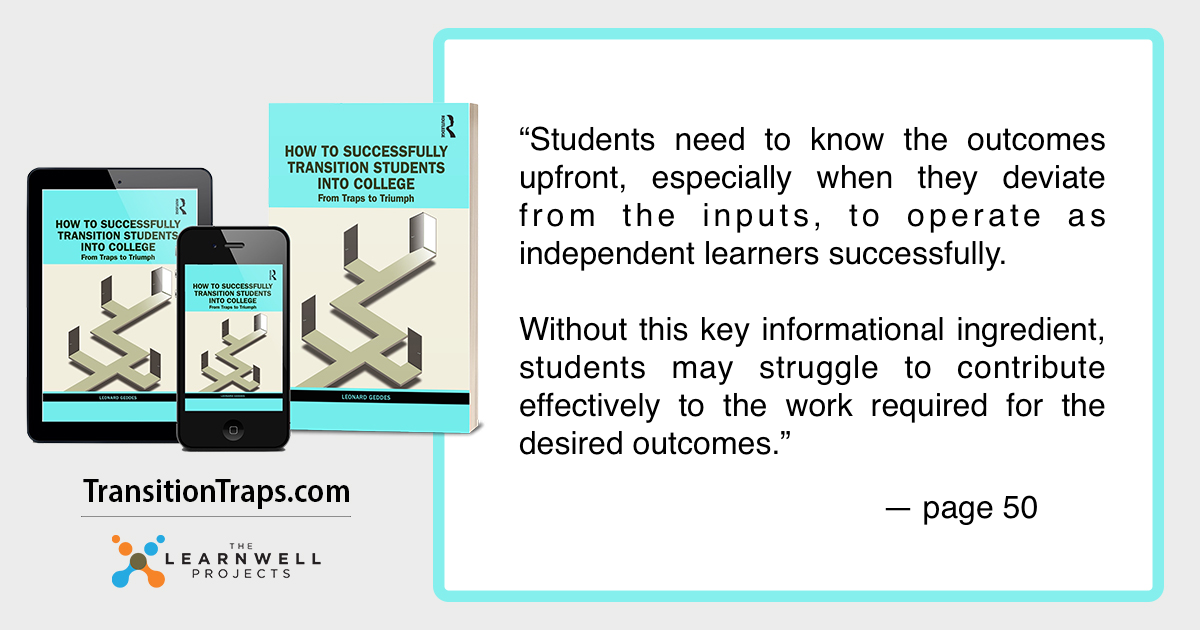
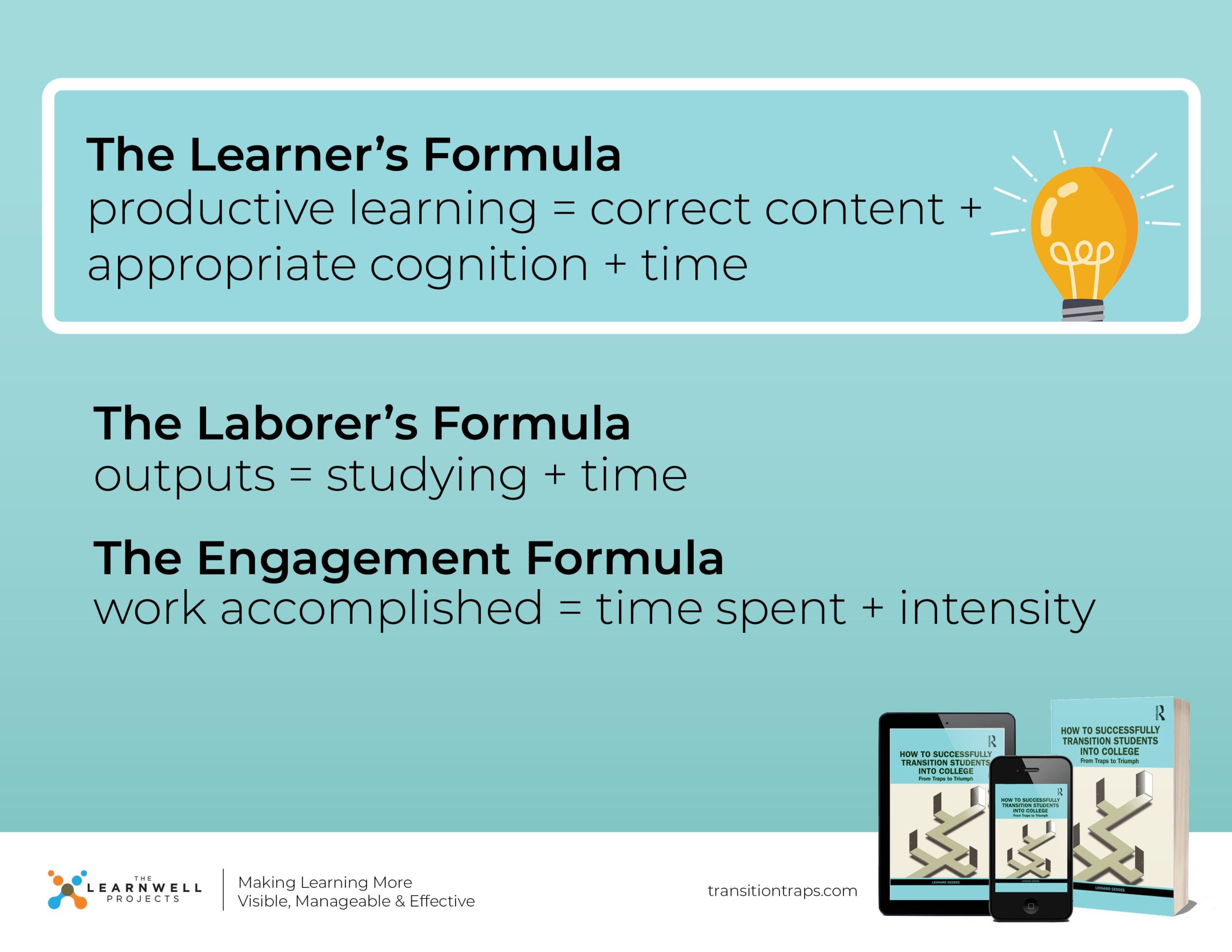
0 Comments